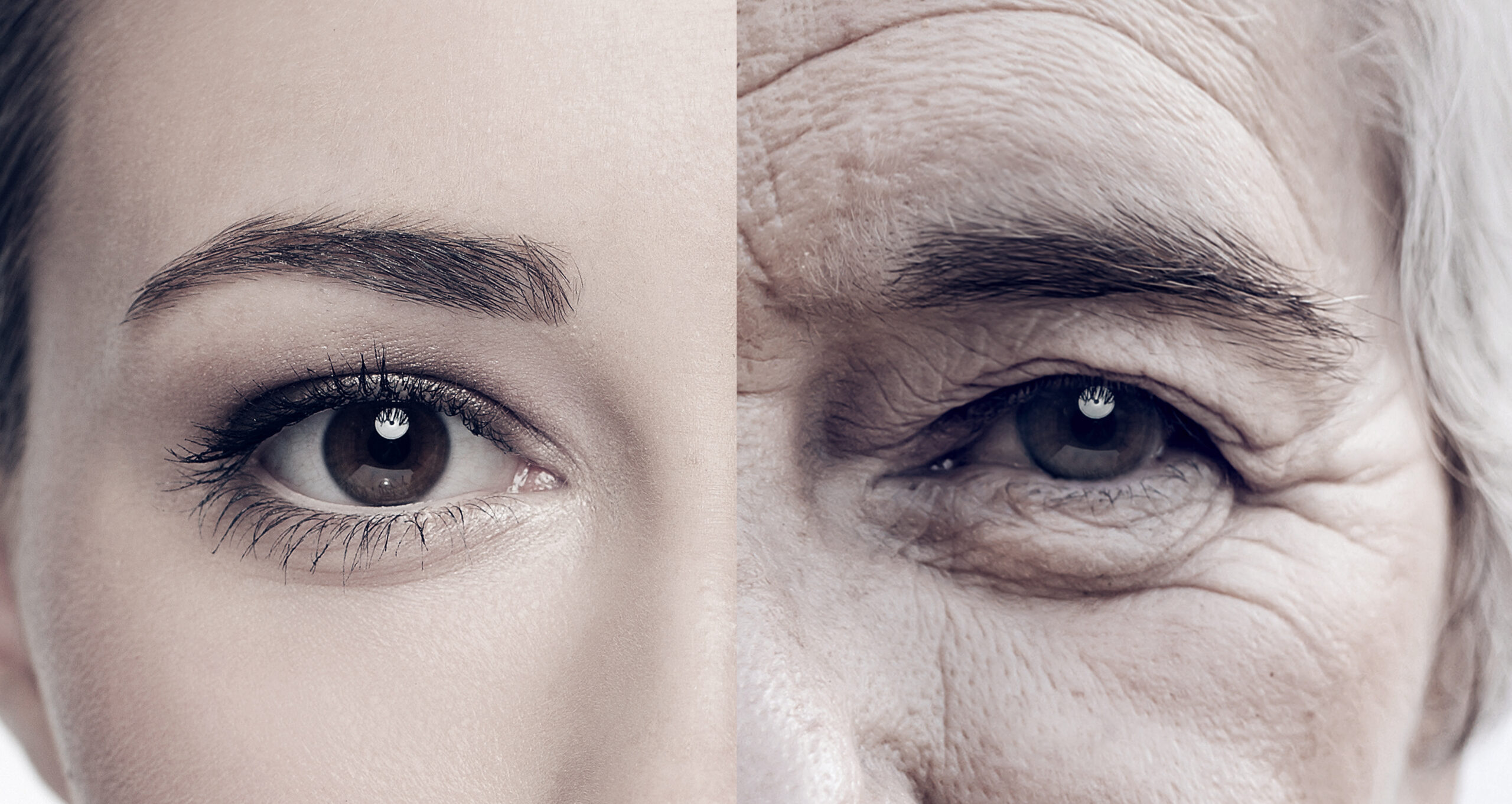
CNA – In a world where consumers collectively invest billions in anti-ageing treatments annually, the pursuit of eternal youth remains elusive. Despite the promises of creams, dyes, and cosmetic procedures, the march of time continues unabated.
However, behind the scenes, a quiet revolution is underway. Scientists are delving deep into the mysteries of ageing, striving to uncover its biological underpinnings.
Their aim? To develop tools capable of not just masking, but potentially halting, the visible signs of ageing and its associated ailments.
Termed ‘the hallmarks of ageing,’ these elusive mechanisms encompass both cellular wear and tear and the body’s diminishing capacity to eliminate aged or malfunctioning cells and proteins.
“The crucial thing about the hallmarks is that they are things that go wrong during ageing, and if you reverse them”, you stand to live longer or be healthier while you age, said Dame Linda Partridge, a professorial research fellow in the division of biosciences at University College London who helped develop the ageing hallmarks framework.
So far, the research has primarily been conducted in animals, but experts are gradually expanding into humans. In the meantime, understanding how ageing works can help us put advice and information about the latest “breakthrough” into context, said Venki Ramakrishnan, a biochemist and Nobel laureate who wrote about many of the hallmarks of ageing in his new book, Why We Die: The New Science Of Aging And The Quest For Immortality.
We asked experts about the hallmarks of ageing, how they can lead to disease and how scientists are attempting to modify them. Not all of the hallmarks are listed here, but two of the main themes are highlighted below.
WEAR AND TEAR
Many age-related changes start with our cells, and even our genes, acquiring damage and acting up as we get older.
- PROBLEMS WITH DNA
While we think of our genes as being set from birth, DNA does accumulate changes over the years. Sometimes errors are introduced when a cell divides, a spontaneous typo emerging when the DNA is copied and pasted from one cell into another. Mutations can also occur as a result of environmental exposures, like ultraviolet radiation from the sun.
Our cells have ways to repair these genetic mutations, but they become less efficient with age, which means the mistakes can pile up. Scientists aren’t exactly sure why our DNA repair mechanisms decline. “That’s a USD1 billion question,” said Andrew Dillin, a professor of molecular and cell biology at the University of California, Berkeley. “All we know is that the efficiency goes down with age.”
The main consequence of this is that cells stop working properly and get flagged as garbage (more on this later). In the worst-case scenarios, mutations can occur in genes that suppress tumours, leading to the onset of cancer.
- PROBLEMS WITH THE CHROMOSOMES
Every time a cell replicates and its DNA is copied, the ends of its chromosomes get a little shorter. These special parts of the genome are called telomeres and are often likened to the plastic caps on the ends of shoelaces that prevent them from unravelling.
Once a cell’s telomeres get too short, it stops dividing. This process is healthy when we’re young, because it helps prevent cells from replicating forever and turning cancerous. But as we age, telomere shortening becomes a problem, particularly in stem cells, which the body uses to replenish skin, blood and other tissues.
Stem cells have a special tool to combat this, but eventually even they lose their telomeres. When that happens, “they can no longer divide, and so you lose your stem cell populations”, Dr Dillin said.
Stem cell depletion is a major contributor to some of the physical signs of ageing, including grey hair and thinner, less elastic skin. Some skin care products claim to replace your stem cells, but there is little evidence that they work.
- PROBLEMS WITH THE EPIGENOME
Other changes occur through what’s known as epigenetics – chemical modifications to the genome that influence which genes are turned on or off in a cell. Some epigenetic changes occur naturally as we develop, while others are brought on by our environment. Some experts say that epigenetic changes can be used to determine a person’s “biological age”.
Scientists have discovered that many of the epigenetic mechanisms that help control the activity and even the identity of our cells start to degrade with age. If this happens in too many cells, it can affect organ health and function. For example, epigenetic changes in heart cells can contribute to thickened arteries or a reduced ability for the heart to respond positively to exercise.
There is currently a flurry of anti-ageing research looking at epigenetic changes because they are more easily reversible than something like DNA mutations, said Dr Eric Verdin, the president of the Buck Institute on Aging.
- PROBLEMS WITH THE MITOCHONDRIA
A critical component of cell health is energy production, which comes from the mitochondria – the power plant of the cell. As we age, mitochondria also stop working as well as before, becoming less efficient and creating less energy.
“If you’re not generating enough energy, all of a sudden all of the other cellular processes are not going to function as efficiently,” said Dr Verdin, who is involved with two companies pursuing anti-ageing drugs.
Changes in cellular energy can affect other aspects of a cell’s health, including epigenetics, Dr Dillin said. Damaged mitochondria can also leak out of the cell, causing inflammation – another aspect of ageing that is associated with many chronic health conditions.
Regular exercise – experts’ top recommendation for how to age well – is one of the best ways to improve mitochondrial health.

GARBAGE DISPOSAL ISSUES
Not only do faulty cells build up with age because of the problems mentioned above, but the body’s way of disposing of them also goes awry.
- PROBLEMS DISPOSING OF BAD CELLS
One of the most important ways malfunctioning cells are dealt with is by relegating them to a state known as senescence. These cells stop dividing, and they start to secrete inflammatory chemicals that signal to the immune system to dispose of them.
Ordinarily, this isn’t a problem – in fact, it’s a necessary part of normal cell turnover – but as we age, two things happen. First, there are more cells that need to be discarded. Second, the disposal system starts to break down. As a result, senescent cells build up, causing ever more inflammation.
“When we’re young, normally our immune system is able to deal with the senescent cells,” said Matthew Kaeberlein, the chief executive officer of the longevity company Optispan and the former director of the University of Washington Healthy Aging and Longevity Research Institute.
“But as we get older, in part because of chronic inflammation, our immune system isn’t able to do that anymore. So you get this accumulation of senescent cells, which then drives more damage, more inflammation, less immune function.”
Scientists are exploring ways to enhance the disposal of senescent cells with a class of drugs known as senolytics, though the research is still in preliminary stages.
- PROBLEMS DISPOSING OF BAD PROTEINS
Most cells carry out their functions via the proteins they create. If DNA is the blueprint for a house, and cells are the construction workers, then proteins are the wood, nails and drywall.
It’s normal for proteins to get messed up – they’re often called misfolded proteins – and there are lots of ways to fix them. But, again, those processes start to decline as we age, and misfolded proteins accumulate and cause problems. One notable disease that’s associated with bad proteins is Alzheimer’s, where amyloid and tau form plaques and tangles in the brain.
One way the body disposes of misfolded proteins, as well as other malfunctioning parts of cells, is through a process known as autophagy, which means “self eating” in Greek.
“Autophagy is the process by which all these defective things in the cell are destroyed,” Dr Ramakrishnan said. “And if you interfere with that mechanism, you get this pileup of, essentially, garbage in the cell, which itself causes stress and causes ageing.”
Autophagy declines with age. Some drugs that are being studied for their effect on ageing, most notably rapamycin, increase the process. However, in large doses rapamycin suppresses the immune response (it’s primarily used to prevent organ transplant rejection), so some researchers are concerned about healthy people taking the drug.
The experts agreed that experimental anti-ageing therapies are not yet ready for widespread use, though they’re optimistic about the future of the field. “So far, I would say the winds haven’t been particularly quick, but there will be breakthroughs,” Dr Partridge said. For now, she added, the best thing that people can do to age well is adopt healthy lifestyle habits, like exercise and good nutrition.







